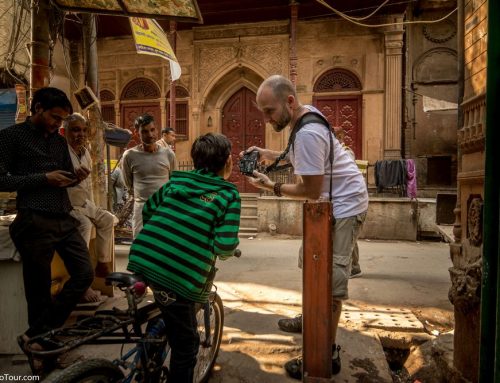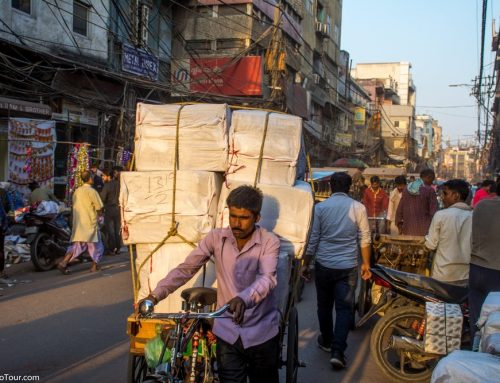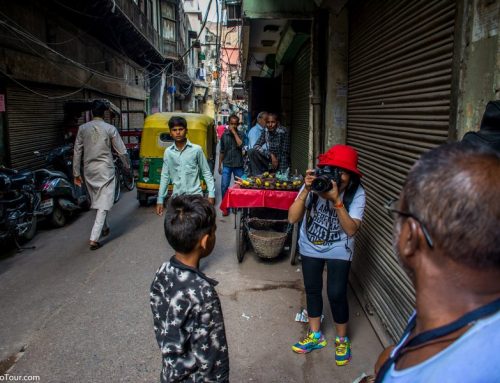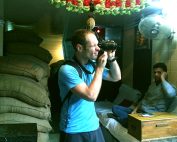Creating a photograph for street photography can be intimidating. Fortunately, there are time tested strategies you can use to make street photography less overwhelming. If you’re simply beginning or even just looking to brush up on your skills, studying basic photography composition techniques is a must.
Depth of Field
There are unlimited chances to investigate the depth of the field in road photography. Knowing how your gap, central length and centring work related to influence depth of field is an absolute necessity for any semi-genuine picture taker. Like the human eye, a camera can just centre its focal point at a solitary point. Be that as it may, there will now be a region that stretches before and behind this single centre point that seems sharp in a picture. This zone is the depth of the field. The depth of the field is anything but a fixed separation. It changes in size contingent upon your camera settings. What’s more, contingent upon your subject, you may require a shallow (where just a limited zone seems sharp) or profound (where a greater amount of the image seems sharp) depth of field.

Zone Focussing
One significant part of street photography creation is zone focussing. Catching authentic subjects while keeping up sharp centre is a standout amongst the most troublesome parts of street photography. While you can utilize the self-adjust setting on your camera, it is infrequently quick enough to catch a picture the exact moment you see it. Zone focussing is pre-centring your camera to a specific separation away and after that capturing subjects as they enter that go. To zone focus, you’ll need a focal point with a manual centring meter that will demonstrate to you the separation that the camera is centred around. Basically set your focal point to manual concentration and choose how close you might want your subjects to be sharp, with respect to the camera. It might require some investment to decide the careful lengths of the central range.
Perspective
At times moving toward something from an alternate edge can uncover a subject in a totally different light! It’s the equivalent with photography structure. Irregular points of view sway the experience of both the viewer and the picture taker in a one of a kind and connecting way. Point of view includes preparing your photographic eye to perceive extraordinary chances and to react to them in fascinating ways. In the event that you wind up stalling out for motivation, have a go at putting your camera on the ground and take a couple of shots. Point of view means getting physical with your photographic practice and recollecting that the viewpoint of a photo is dependably a decision. Try not to squander the chance to capitalize on a shot!

Framing
Encircling for photography structure makes an independent picture, similar to a photograph inside a photograph. Basically, you are making an edge inside a casing to intentionally carry centre to a subject, including account and a feeling of voyeurism. Confining utilizes structure aptitudes to add an additional layer to a picture. You can likewise utilize it to maskless appealing zones of a photo, and direct the viewer’s eye directly to the focal points that make up the picture. Forming a picture by utilizing surrounding can take a tad of exploring around. Begin by searching out windows and entryways, as they are a portion of the more rich casings found in road photography. Servers clamouring all through ways to serve clients, local officials looking out of windows to get a beam of daylight, you’ll see that a ton can occur, even in the most restricted of spaces in the urban scene. Surrounding these occasions includes a layer of significance or weight to the subject.
Texture
As one of the five primaries senses, eyes interfaces a viewer to the world. Visual, haptic symbolism draws on ground-breaking affiliations and makes a fascinating and animating bit of work. In street photography, there are a lot of chances to photo subjects with the texture. A few models incorporate endured sheets, stripping paint or adorable cats. The most straightforward approach to pass on the surface inside a photo is to concentrate on detail. Discovering surfaces in road photography is simple, there are several models encompassing us at some random time. Be that as it may, finding a fascinating textural piece worth capturing is somewhat harder. Attempt and focus on eye getting hues or designs and examine the make-up of the city. When you begin searching out these surfaces, your eye will wind up prepared to spot potential photos all the more promptly.

Colour
Colour has the ability to connote time and feeling through a solitary or blend of tones. Similarly, as we partner warm hues like red and orange with solace or warmth, we identify with the hues in a photo. This gives the viewer information about the picture to make an increasingly vivid encounter. Colour likewise has the ability to catch a viewer’s eye. This is on the grounds that it offers to our developmental inclination to search out and react to serious hues.
Black And White Photo
A black and white shading plan seems simpler than colour pictures. They are free from colour plans related to specific sorts of film, procedures, or patterns. This is significant in road photography arrangement since it keeps up a feeling of importance and impact over history. Numerous picture takers lean toward highly contrasting pictures since they remove the subject from the real world. In street photography, a picture of the world in monochrome is unfamiliar to our colour vision. This gives us the motivation to stop and explore a picture of all the more cautiously.
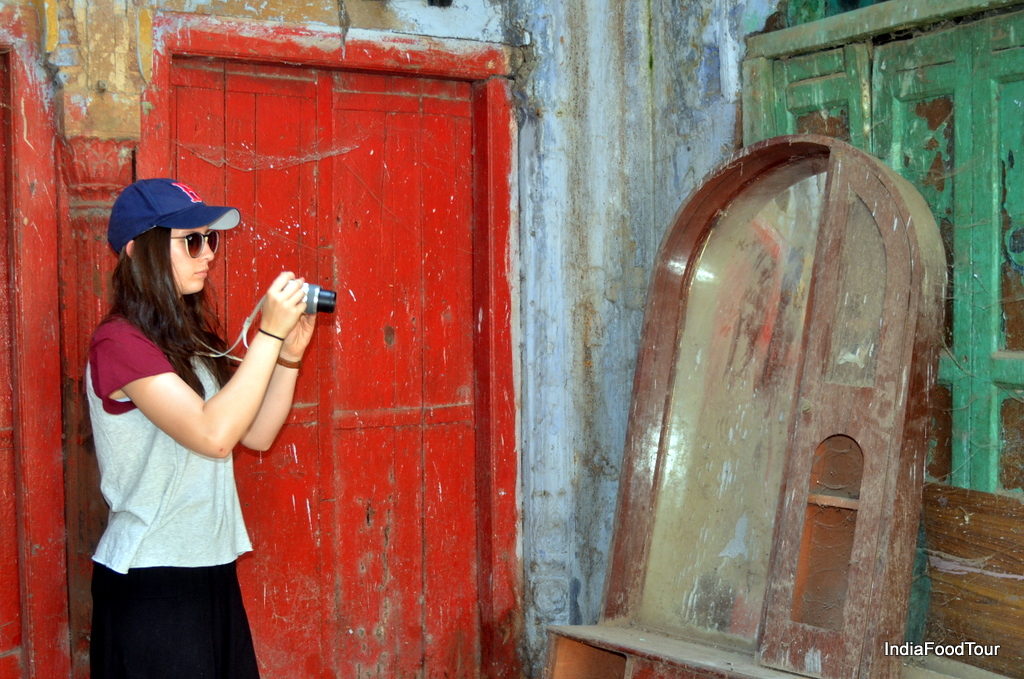
- Pattern
Pattern come in unlimited shapes and sizes, however they all fall under the heading of the monotonous topic. A pattern can give request to a scene or add to the turmoil of our urban scene. Since people are hard-wired to distinguish a pattern, there is something both alleviating and agitating about the example. They make us wonder about the musicality of our condition, welcoming our eyes to move over the picture and after that back once more. In street photography, patterns can be shapes, hues or objects of natural or synthetic root. Artificial patterns like brickwork, stairs, vehicle parks or structures are an extraordinary spot to begin.
- Leading Lines
Leading lines are another extraordinary method to add depth to your street photography. It means utilizing lines in a picture to control the viewer’s eye around a photo. They include another dynamism that gives a picture an ability to read a compass or stream. It can likewise loan request or confusion to a picture, influencing the feeling of the photo by and large. Street stripes, handrails, wall, spans, shadows, skylines, trails and structures are normal instances of driving lines utilized in road photography synthesis. Progressively natural sources, similar to tree limbs and pointed fingers and signals can likewise consider leading lines.
- Negative Space
In some cases what you let alone for a photo can really compare to what you leave in. As picture takers, we pick what to incorporate and prohibit in a casing. Joining less into a photo can give a subject accentuation and breathing space to catch and hold a viewer’s consideration. Positive space is the subject while negative space is the abandoned territory in a picture. Too minimal negative space results in jumbled photographs, with each segment in the picture competing for consideration.
- Rule of Thirds
This rule is exceptionally prominent among picture takers and specialists. Three nonexistent lines are attracted vertically and on a level plane to the picture so it separates into nine sections. These components will be set precisely where the lines are crossing with the other line. Consequently, there are for the most part nine fanciful focuses on the picture where you can modify your photograph or can change components lying in the image. You can place questions in any of the corners as indicated by your inclination. The rule makes eye snappy and adjusted photo so it looks flawless.


